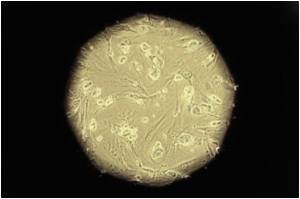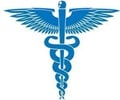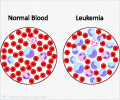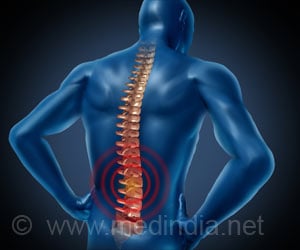
They have devised a method to quickly and comprehensively characterize those cells using a series of genomic assays, ultimately assigning a scorecard to each. The effort has also yielded genome-wide reference maps detailing the epigenetic and gene expression landscapes for several of the so-called induced pluripotent stem cells (iPS) and embryonic stem cell lines that can now be used for comparison by anyone studying an iPS or embryonic cell line. (Epigenetics refers to chemical modifications to DNA that can alter the expression of genes without changing the underlying sequence.)
The advance is critical for the future use of iPS cells in the study of disease, for cell-based drug screening and as a renewable source of cells for transplantation medicine, the researchers say. Overall, the news is quite positive.
"The exciting thing is that this tells us something fundamental about what these cells are," said Kevin Eggan of Harvard University and the Howard Hughes Medical Institute. "It appears that the version 1.0 reprogramming technology is actually pretty good."
In a careful comparison of 20 previously derived human embryonic stem cell lines and 12 human iPS cell lines, the new method does turn up some variation. But the variation observed for many iPS cell lines falls within that seen for embryonic stem cells as well. It appears that the quality of many of those iPS cell lines is high, depending in part on what they might be used for.
"There are different grades of quality," said Alexander Meissner of the Broad Institute and Harvard University. "A particular line might be bad for one purpose but great for an alternative one. This gives us a more refined view."
Advertisement
Eggan and Meissner report that they were able to assess the similarities and differences among lines and to use those assessments to determine which lines should be avoided for a particular purpose. They were also able to predict the efficiency with which a given iPS cell line used in an independent study would differentiate into motor neurons.
Advertisement
The new method takes just one or two weeks to complete and is much more quantitative. It's possible the assays could be made to go even faster, the researchers said, particularly if industry were to devise a user-friendly kit. Ultimately, this series of assays or other methods along the same lines might be used clinically.
In addition to its practical use for selecting the best cells for a particular task, the findings and scoring method will also offer new insights into the cells themselves, the researchers said.
"We can begin to get to the bottom of the differences among cell lines and their root causes," Eggan said.
Source-Eurekalert








